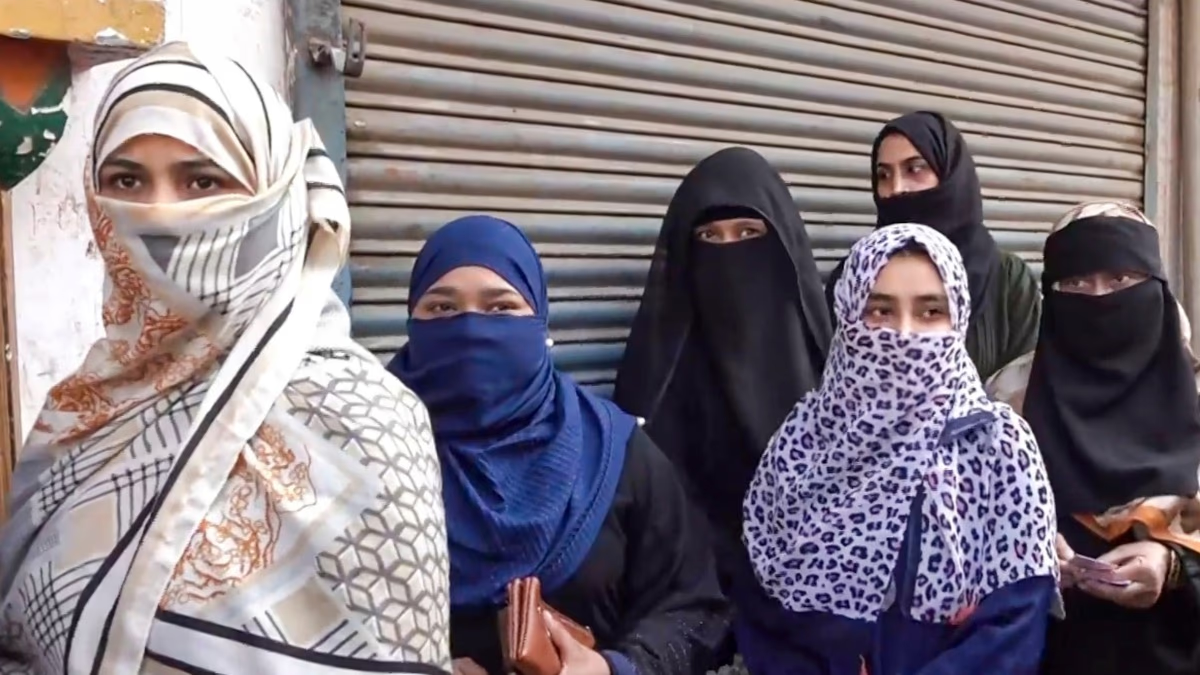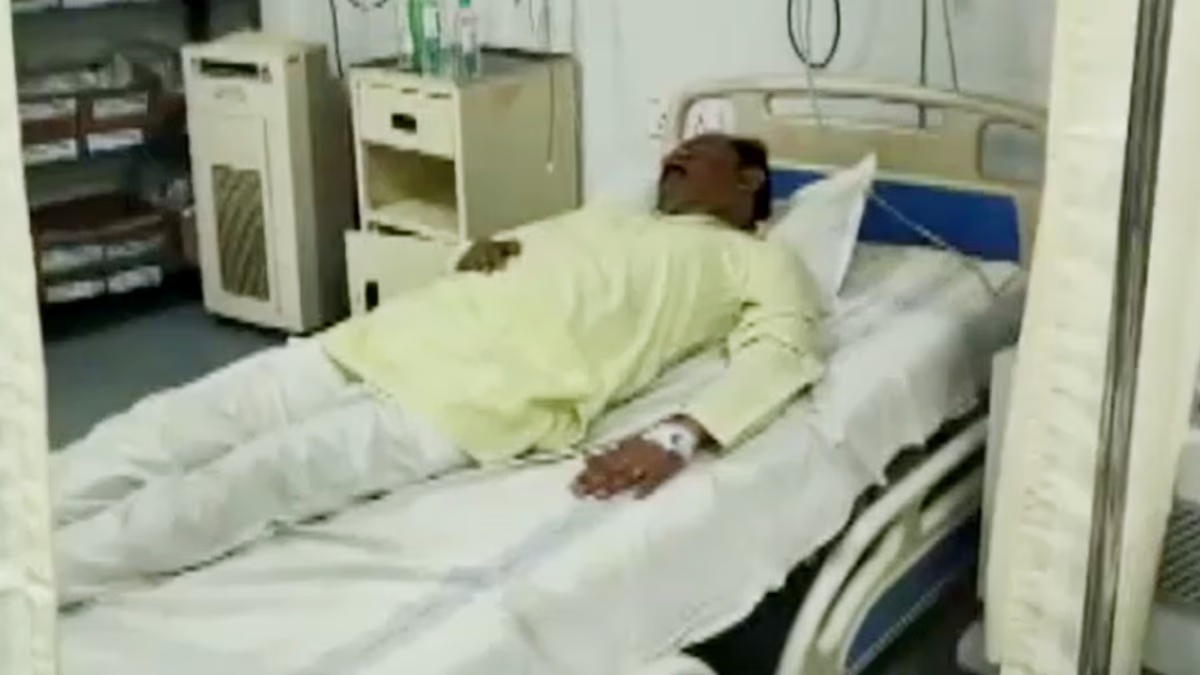The directive to implement former Chief Election Commissioner Tirunellai Narayana Iyer Seshan’s 1994 order for verifying veiled voters during the Bihar Assembly elections and by-elections in seven states across eight assembly seats remains significant, even 29 years later. This measure aims to uphold the integrity of democratic processes.
As per Seshan’s order, Article 326 of the Constitution provides that elections to the Lok Sabha and each State's Legislative Assembly shall be based on universal adult suffrage.
Article 326 stipulates that elections to the Lok Sabha and the Legislative Assemblies of States shall be on the basis of adult suffrage. Thus, every Indian citizen aged eighteen or above, barring disqualifications under laws made by Parliament or the appropriate legislature on grounds of non-residence, mental unsoundness, crime or corrupt practices, is entitled to register as a voter for any election.
Article 325 ensures that no person shall be ineligible for inclusion in an electoral roll, or claim inclusion in a special electoral roll, on grounds only of religion, race, caste, or sex. Every constituency shall have one general electoral roll for elections to the Parliament or a State's Legislative Assembly, ensuring non-discrimination based on religion, race, caste, sex, or any of them.
Click
for in-depth coverage of the Bihar elections.
Explore comprehensive details on every seat of the Bihar Assembly here.
Women voters possess the same electoral rights in the Lok Sabha and State Assembly elections as male voters.
Also read: 'Even the Males are Neglected in Bihar' RJD Spokesperson's Remarks at Panchayat Aaj Tak and the Counter Reply
Nevertheless, it is observed that in some states or regions, women's participation in these elections is relatively lower than that of men.
Several factors may contribute to the low percentage of female voter participation in elections. Many reasons could be social or religious, particularly among veiled women of specific communities or other women who adhere to familial and village elders' practices or emotional reasons in some tribal areas, primarily in the Northeastern region.
The Election Commission is deeply concerned about the low participation of female voters in elections. The Commission desires that every possible step be taken to ensure that as many female voters as possible participate without any hesitation, making elections more meaningful and democratic.
The Commission is dedicated to ensuring that no woman voter is deprived of or hindered in exercising her right to vote due to a lack of facilities at polling centers, particularly those concerning the privacy, dignity, and decency of women voters.
Article 34 of the Conduct of Elections Rules, 1961, provides that at any polling station where both male and female voters are present, the presiding officer shall instruct them to enter the polling station alternately in separate batches. The Returning Officer or Presiding Officer can appoint a woman as an attendant to assist female voters, specifically if necessary to search a female voter.
To enhance female voter participation and improve polling percentages among women voters, the Commission has periodically issued directives. In the 'Handbook for Returning Officers,' Chapter 2, it has already been instructed that where two polling stations are established in the same building or premises, there is no objection to allocating one for men and the other for women. In general polling centers, separate queues for men and women should be established. It is also instructed that separate polling stations should be located within the same building whenever possible.
Attention is drawn to Chapter 9 of the Handbook for Returning Officers, which clarifies that in areas with a higher number of female voters, particularly veiled women, female polling officials should be appointed to establish voter identification. This is to ensure that women are not obstructed due to social or religious practices.
The refusal to exercise suffrage due to a lack of privacy and other protected facilities at polling centers is addressed. The Commission asserts that it is the responsibility of the Chief Electoral Officer, District Electoral Officer, Returning Officer, Assistant Returning Officer, and Presiding Officer to ensure special arrangements are made for women voters to exercise their suffrage with the presence of female staff whenever needed.
Also read: Rahul-Kharge Discuss with Lalu Over Phone... Efforts to Resolve Seat Issues in Bihar
Immediate identification of areas and polling centers is essential. In designated areas and centers, teams of polling officials must include women staff as mandatory members.
The Commission advises that to safeguard the privacy of female voters, a separate enclosure should be provided for identifying veiled women at polling centers. Using affordable and locally available materials, make use of indigenous techniques such as charpoys or fabric screens.
In areas with a significant number of female voters (let's say 50% or more), especially where the practice of veiling is a social norm, at least one female polling officer must be present at each polling center.




